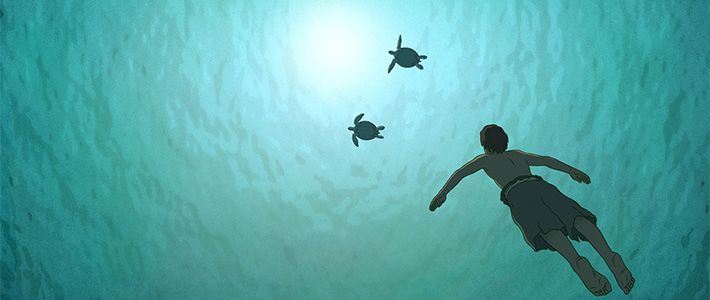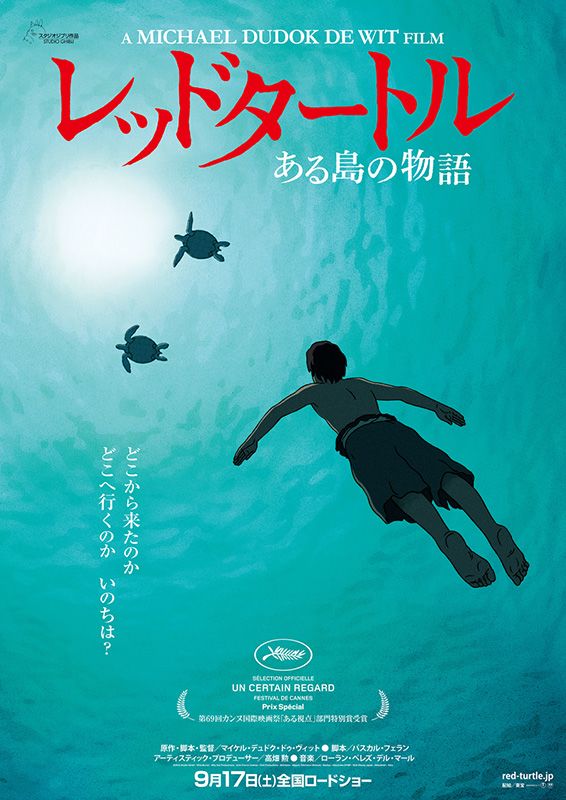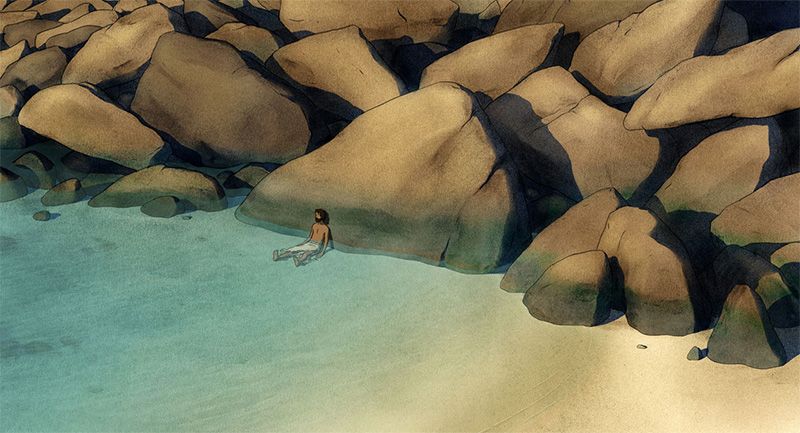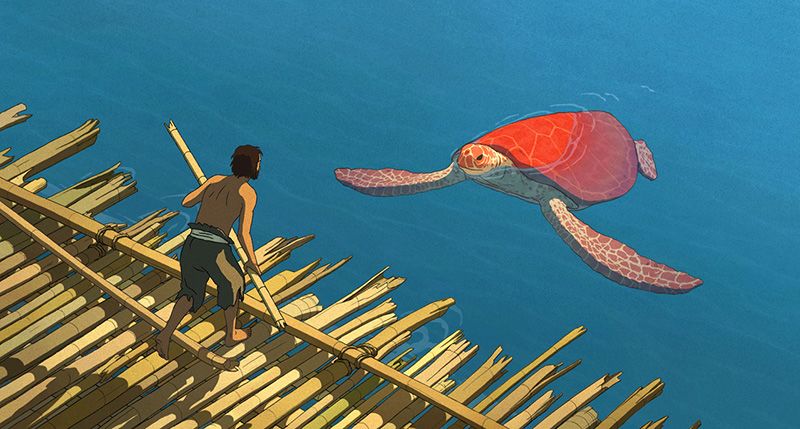
“The Red Turtle” (2016)
Culture- English
- 日本語
- 简体字
- 繁體字
- Français
- Español
- العربية
- Русский
The Red Turtle (2016)
Director and writer (story and screenplay): Michael Dudok de Wit
Writer (screenplay): Pascale Ferran
Artistic producer: Takahata Isao
Producers: Suzuki Toshio, Vincent Maraval
Music: Laurent Perez Del Mar
Production: Studio Ghibli, Wild Bunch
Countries: Japan, France, Belgium
Distributor (Japan): Tōhō
Running time: 81 minutes
Release date (Japan): Saturday, September 17, 2016
Official site (English):
http://www.wildbunch.biz/movie/red-turtle-the/
Official site (Japanese):
http://red-turtle.jp/
Production Background
Michael Dudok de Wit first gained an international reputation as a director of animated short films in the 1990s. One of his most notable works, Father and Daughter (2000), received the Academy Award for Best Animated Short Film and many other prizes. Given this background, the switch to making a first feature-length film The Red Turtle in his sixties was somewhat unexpected.
Dudok de Wit had not considered a feature-length undertaking until he was approached by Studio Ghibli in 2006. "Some of my friends had been promised wonderful things, had gone to California only to return disappointed after having seen their projects revised by producers. But with Studio Ghibli, it’s different." His esteem for the famous animation company, which thoroughly respects the intentions of its directors, persuaded him to take on the new challenge.
While writing the script, he spent time on a small island in the Seychelles. He stayed in a local home, far from luxurious resort hotels, and took many solitary walks. To realize his vision of portraying a man washed ashore on a desert island, he needed to take thousands of photographs of nature in its harsh, undeveloped state. “My castaway couldn’t love the location—he wants to return home at all costs, as the island is not so welcoming.”
From these beginnings, the task stretched out over the years, almost as if Dudok de Wit himself was painstakingly constructing a raft for a sea voyage. A decade passed from concept to completion. Unlike a stranded island-dweller, however, the director was not alone and could discuss the project with Studio Ghibli.
By participating in an international coproduction, the studio was also trying something new. The Red Turtle became the first Ghibli film to feature at the Cannes Film Festival, where it received a special prize in the Un Certain Regard section. It also won near universal acclaim from the typically caustic French film critics. Many of the plaudits were simple and to the point. It was dubbed a masterpiece by 20 Minutes and a “perfect film” by L’Express.
Only Isabelle Regnier of Le Monde expressed some doubt as to whether the director was a suitable choice for a longer work, stating that the story loses some momentum in the second half. It is true that the second half differs considerably from the first, but viewers should make their own judgments. Like the other critics, nonetheless, Regnier was awestruck by the beauty of the artwork, praising how this aspect of the dialogue-free film keeps viewers glued to their seats from start to finish.
Trailer (Japanese)
See Also
What’s Up at Studio Ghibli? Catching Up with Producer Suzuki Toshio
Manga Giant Ōtomo Katsuhiro Meets His European Counterparts


